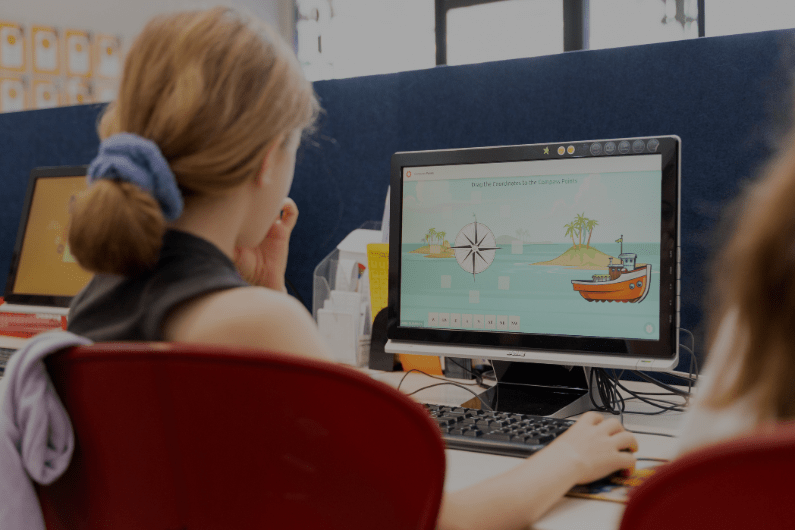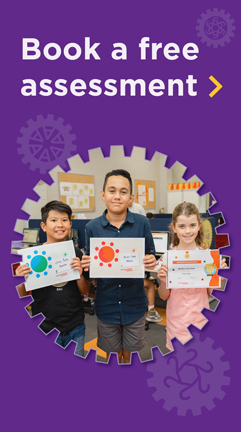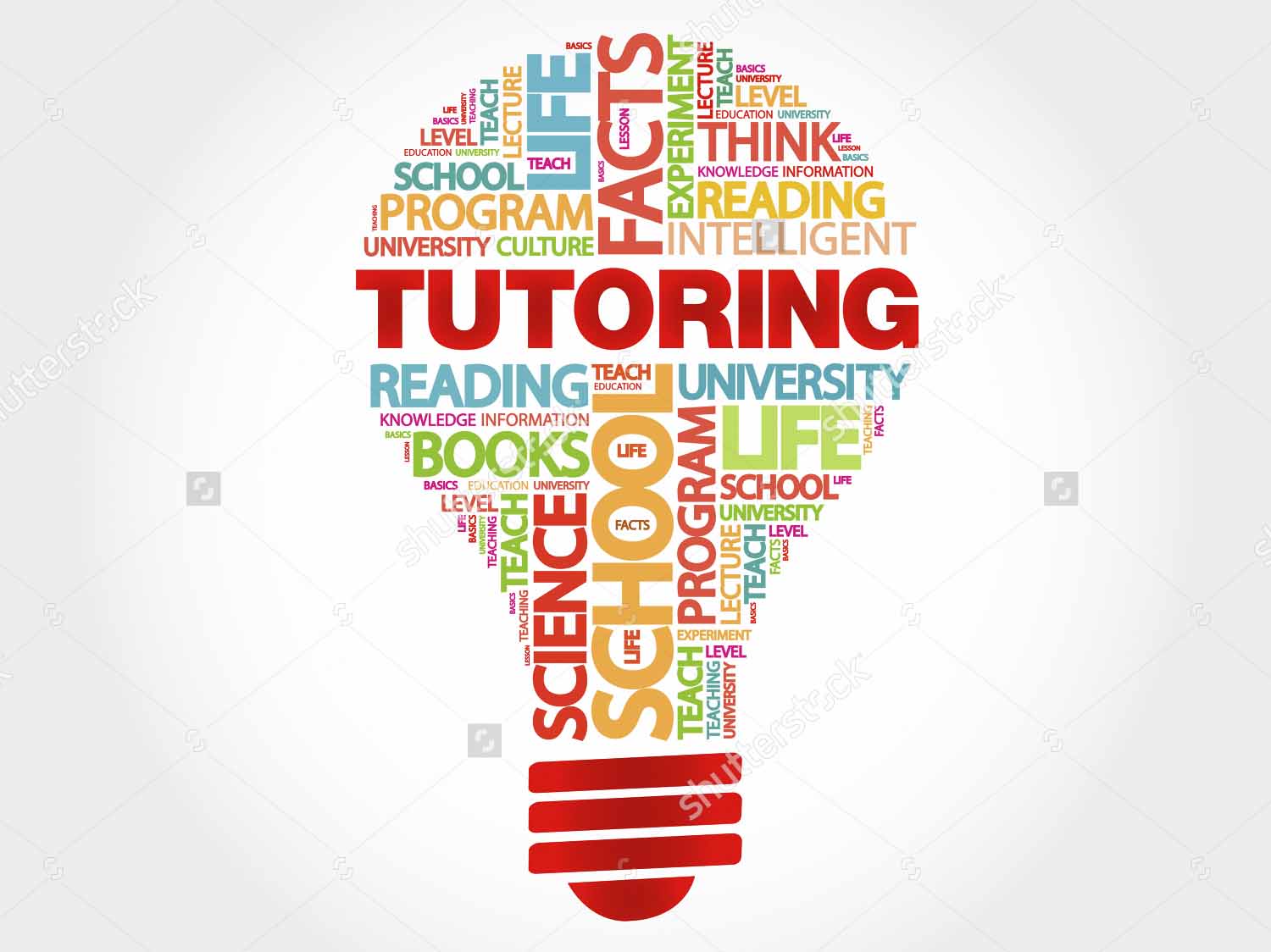The Importance of Learning Styles

Most educators recognise three broad learning styles in children - visual, auditory and kinaesthetic. Each style refers to a preferred way of receiving and processing information in order to learn.
When you help your child to learn, you probably favour teaching methods that suit your own learning style. That’s because those approaches work for you and you believe them to be the most effective. Taking a moment to discover and understand your child’s learning style, as well as your own, can quickly turn hard work into plain sailing.
Recognising your child’s learning style
People are seldom completely in one camp or the other, and many may be quite happy with more than one style. Children often change their preferred learning style as they grow older, so it’s important to continue trying different approaches from time to time. You can also work together on developing strategies for your child to benefit from learning situations that are not necessarily their favourite learning style.
Visual learners:
- Enjoy reading, note making, images, charts, diagrams and watching demonstrations
- Will talk about what things looked like, rather than what was said
- Don’t like listening to long explanations, talks or lectures
Auditory learners:
- Like listening to explanations, speaking and learning by repeating out loud or mnemonics
- Will recall what someone said, rather than what they did or how they looked
- Are often distracted by noise and need quiet, although some like background music
Kinaesthetic learners:
- Like to learn while doing, touching, writing things down, building or using objects
- Enjoy learning by themselves and taking things apart to see how they work
- Don’t like sitting still to study and do better with fidget toys, a bouncy seat or moving around
Providing the right learning activities
Once you think you’ve identified your child’s preferred learning style, it’s time to get creative with the way you help them learn. Take spelling for example: a visual learner might like to include the word or words in a quick poster or billboard, an auditory learner might prefer a mock spelling bee, and a kinaesthetic child might respond well to using scrabble pieces. Just try things out and see what works.
If you know what helps your child to learn, don’t be afraid to share that information with your school. Teachers love hearing about solutions, not just problems.You may well end up helping other children as well.
At NumberWorks’nWords, your child’s preferred learning style is one of the things we consider when they start with us and it is something we continue to monitor. Our individualised programmes are designed with plenty of options, so each student can choose activities that suit their preferred learning styles. If you’d like some ideas on how to best support your child’s learning at home, our experienced staff members are only too happy to help.
Give us a call for a Free Assessment now and we will design a program that will give your child the confidence to do well for the whole year.
For a fun quiz to help your child think about their learning style, see the Scholastic website
References
- Australian website, kidspot
- South Australian Government website, Child and youth health
- USA website for current and aspiring teachers, Teach.com
- USA website for parents of school-aged kids, SchoolFamily.com



